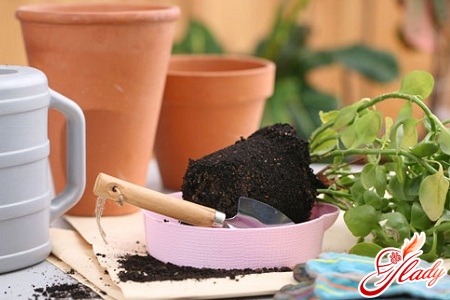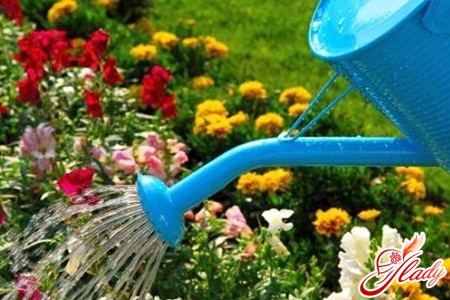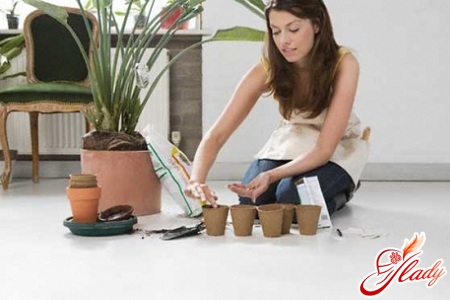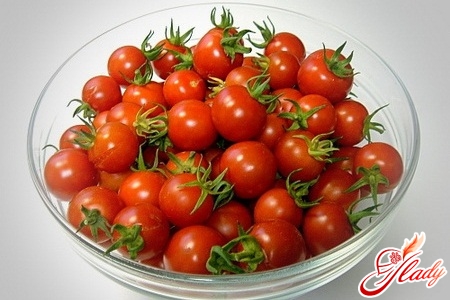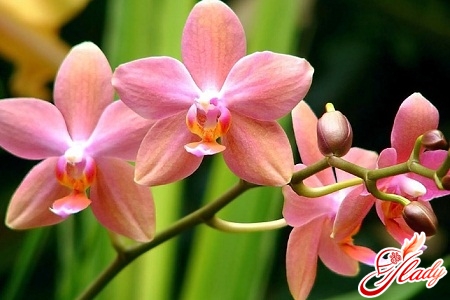 It would seem that we know quite a bit aboutindoor flowers. But there are some among them that puzzle even experienced gardeners. Some green exotic appears in the house, and we begin to rack our brains: what to do with it, how to care for it? For example, we acquired an overseas beauty orchid, learned to care for this capricious .... But the passion for gardening pushes us to new feats. Why not start propagating orchids at home? But how to do it right? Let's try to figure it out. Orchids are propagated not only by cuttings, as some people think. This beauty can also be grown by dividing the bush, as well as using lateral shoots and pseudobulbs. In addition, orchids are also propagated by seeds. And therefore, dear women, let's get used to the role of diligent students and learn how to propagate orchids.
It would seem that we know quite a bit aboutindoor flowers. But there are some among them that puzzle even experienced gardeners. Some green exotic appears in the house, and we begin to rack our brains: what to do with it, how to care for it? For example, we acquired an overseas beauty orchid, learned to care for this capricious .... But the passion for gardening pushes us to new feats. Why not start propagating orchids at home? But how to do it right? Let's try to figure it out. Orchids are propagated not only by cuttings, as some people think. This beauty can also be grown by dividing the bush, as well as using lateral shoots and pseudobulbs. In addition, orchids are also propagated by seeds. And therefore, dear women, let's get used to the role of diligent students and learn how to propagate orchids.
Division of an adult plant
This is the easiest and most suitable way.propagation of most indoor orchids. The most suitable time for such manipulations is early spring, when the flowers emerge from hibernation and produce their first new shoots. The most suitable specimen for division is an adult flower that has at least four false bulbs. Because each new division should consist of at least three bulbs. An old bulb without leaves can also be separated and planted in a new pot. How to do this? Carefully remove the plant from the pot, trying not to damage the roots. To do this, the soil in the pot must be well moistened, the pot must be “knocked” and, tilting it, carefully shake out the tubers along with the earthen lump. Then the rhizome must be cleaned of soil and cut between the bulbs. This “surgical” operation should be performed only with a sharp and disinfected knife. Do not forget that each new part must have at least three bulbs. The cut areas must be sprinkled with charcoal and all new cuttings must be placed in clean pots with a special soil mixture. You can easily find such a mixture in almost any specialized store.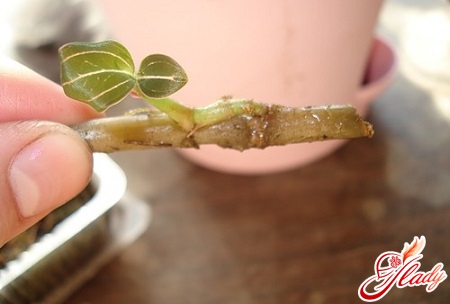
Reproduction by apical cuttings
Orchid, the reproduction of which occurscuttings, should belong to the monopodial species (for example, Vanda, Epidendrum, Dendrobium). In these plants, the nodes of the shoots have clear distances on the stem. These species are characterized by a method of growth from the apical point, without the formation of pseudobulbs. Reproduction by cuttings begins with a cut of the upper shoot. It must also be cut with a sharp and disinfected (peroxide, potassium permanganate, alcohol) knife. The cuts on the mother flower and on the cutting must be sprinkled with crushed charcoal, and the already treated cutting is planted in a pot (with the cut in the ground). The planted cuttings are cared for in the same way as an adult flower. The method of apical cuttings is certainly simple. However, it is advisable to use it only for fast-growing types of indoor orchids. The rest will need too much time (up to several years!) for the development of the cutting into a flowering plant.
Reproduction by lateral shoots
This is how the well-known phalaenopsis reproduces.Over time, the flower produces lateral shoots (babies), which are located between the peduncles. By separating them from the mother plant, you can grow new specimens of the flower. True, "side shoots" are formed only on plants kept in exceptionally favorable conditions. However, you can also stimulate the active growth of lateral shoots by frequent spraying, fertilizing with nitrogen fertilizers and increasing the air temperature in the room. Only those babies that have managed to acquire their own aerial roots can be separated from the mother orchid. Such lateral shoots are essentially small independent flowers that only need to be planted in a separate pot, separated and processed. Young shoots can even be covered with their own peduncles. In this case, you need to wait until the buds bloom, and only then separate and transplant the shoots.
Reproduction by layers or pseudobulbs
Do not confuse lateral shoots with side shootslayering. The shoots grow on their own, we grow the layering. Reproduction of orchids by layering is used for sympodial orchids. Their pseudobulbs have dormant buds in the nodes of the main stem. To speed up the "growing up" of the baby, carefully bend the leafless stem to the ground and place it on expanded clay and sphagnum moss placed under it. Arrange a small greenhouse over the part of the stem bent to the ground from an inverted plastic container with a side slit (for the stem). Moisten the moss and patiently wait for the dormant buds to awaken. As soon as new small flowers grow from the buds, divide them, process them and plant them in small pots. An important condition for the awakening of pseudobulb buds is constant humidity in the greenhouse. At the same time, you need to ensure that the pseudobulbs themselves do not come into contact with water when watering. Another condition is good lighting. If there is not enough light in the room, it is necessary to provide artificial lighting, otherwise you will wait a very, very long time for the buds to awaken, or you will not wait at all. In favorable conditions, dormant buds will begin to sprout in about three weeks.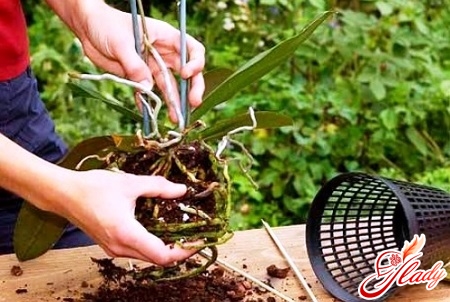
Other ways of reproduction
All the methods discussed in the previous lessons,– vegetative. But in addition to them, there is also generative (sexual) cultivation and cloning (meristem propagation). However, it is quite difficult to carry out such propagation at home. Replacement propagation of orchids is a rather labor-intensive process. The seeds of plants are too small to have nutritious tissue. In natural conditions, flowers germinate with the help of a root sponge (mycorrhiza fungus root). This sponge provides nutrition to the seeds. In artificial conditions (during selection), the seeds are placed in a special nutrient medium. However, germination is only possible in laboratory conditions, and it sometimes lasts up to nine months. But even after this, another two or three years pass until the sprout turns into a full-fledged plant. And the plant will not be covered with the first flower stalks earlier than in 3-4 years. During cloning (which is also impossible at home), cells capable of dividing are extracted from the mother plant. Placed in a nutrient medium, these cells continue to divide, forming clots. The clots are separated and moved to another environment, where plants are already appearing. In this way, a huge number of clones - genetically identical plants - are obtained in laboratory conditions. It is clear that while it is still possible (but unlikely) to propagate a home orchid by seeds, cloning is still beyond the capabilities of indoor floriculture. Therefore, leave laboratory methods for professional breeders. It is better to master the techniques of vegetative propagation and successfully increase your home orchid collection. We recommend reading:






